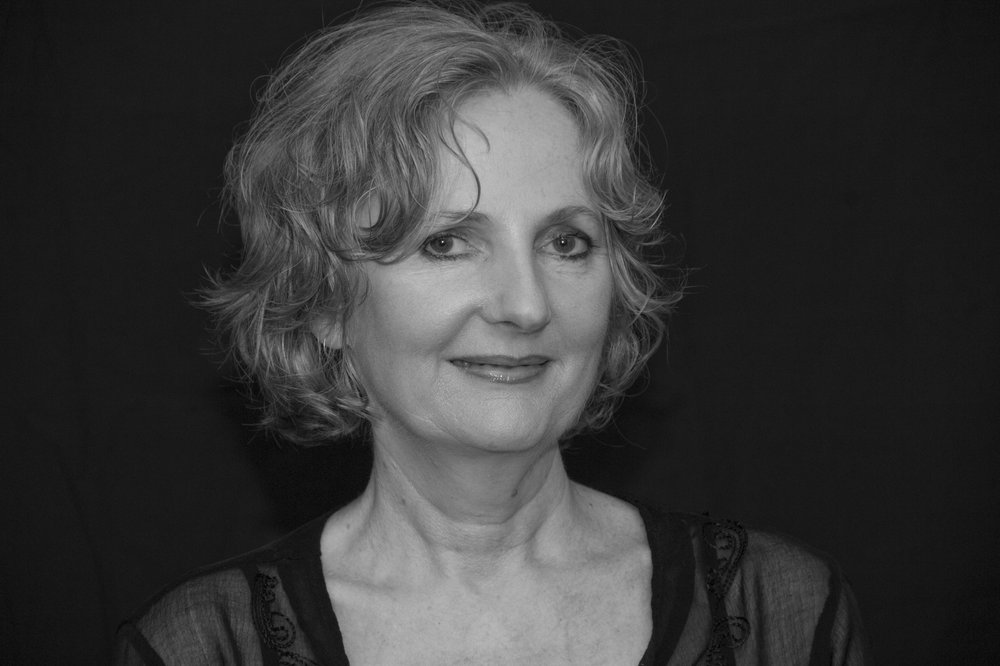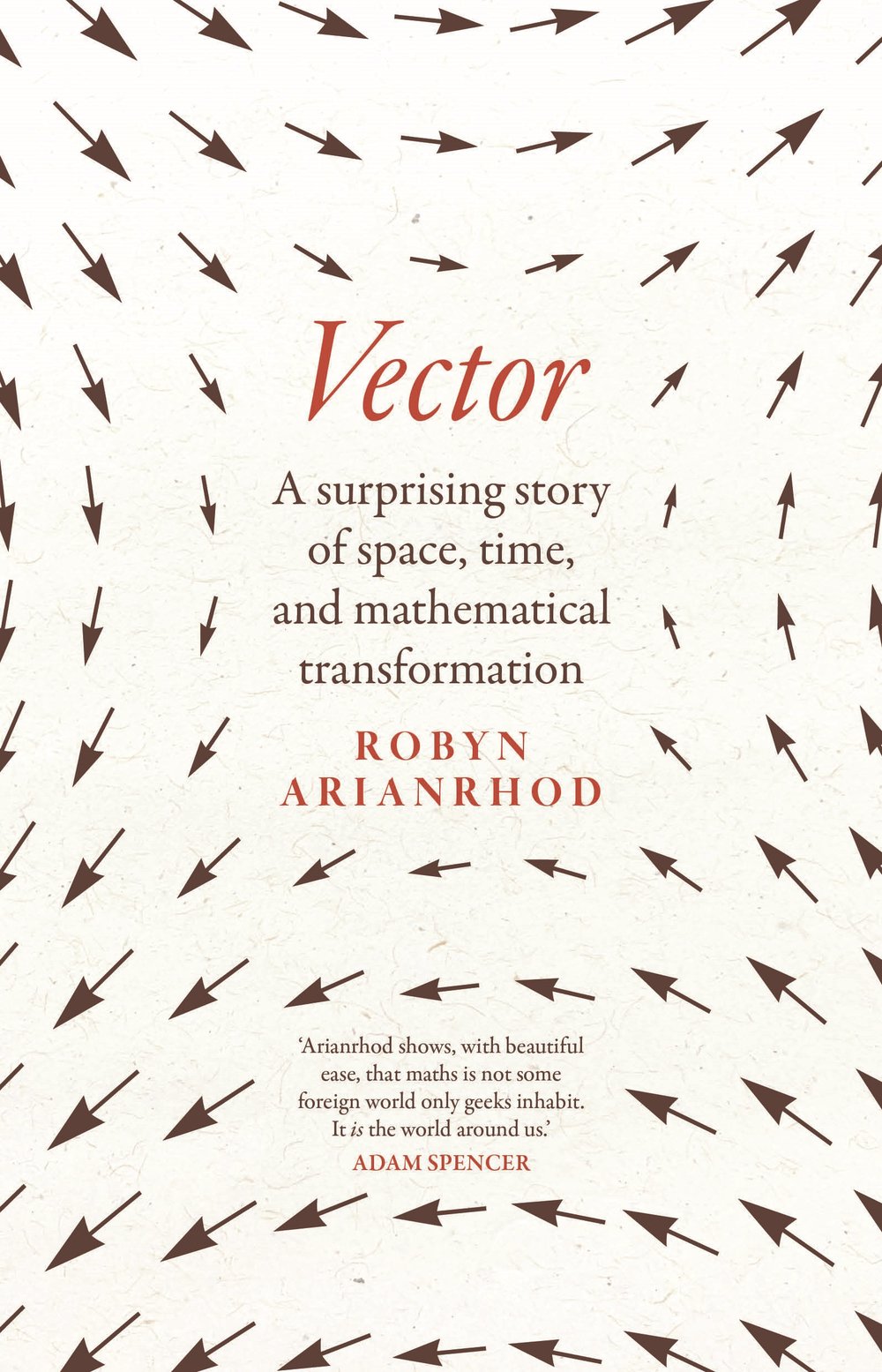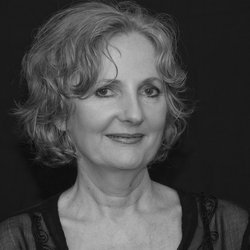You’re likely familiar with vectors as arrows on a coordinate grid, where they can represent such things as force and velocity. Tensors are an extension of this idea, and you’re reaping the benefits in a host of different ways every day – whenever you use GPS, your mobile phone or search engine, for example, and whenever you switch on a light, hop on a plane, and even when you walk across a bridge. That’s because vectors and tensors are ways of representing data, whether it’s the links to websites in a search engine, the spatial behaviour of a robot or airplane, the forces in a turbine, the stresses and strains in a bridge, or just about anything you can imagine modelling in space or space-time.
Vectors and tensors are ways of representing data, whether it’s the links to websites in a search engine, the spatial behaviour of a robot or airplane or the forces in a turbine.
Take your mobile phone. For a start, it uses electricity from the grid and wi-fi radio waves, which are brilliantly described in James Clerk Maxwell’s equations of electromagnetism. In fact, Maxwell used his equations to predict the very existence of radio waves, which Heinrich Hertz later produced in the lab, confirming Maxwell’s theory in the process. Today Maxwell’s theory is written using four beautiful vector equations, or two even more compact tensor ones. They show how electric and magnetic fields interact, so they underpin the design of electric generators and motors, computers and phones, and just about all our electromagnetic technology.
Then there’s the way that you can rotate the screen on your phone to either a landscape or portrait view. Rotations are mathematically programmed using vectors (and matrices) – or quaternions, which are more efficient. (The kind of vector we learn in school began life as part of a quaternion – thanks to the pioneering efforts of Irish mathematician William Rowan Hamilton.) Of course, it’s not just mobile phones that rotate: airplanes and spacecraft need to swivel or rotate, and guidance systems are programmed using vectors, matrices, and quaternions.
Einstein used vectors for his special theory, which predicted that time measurements are different for relatively moving observers – such as the GPS and us here on Earth.
Speaking of guidance systems, these days most of us are dependent on GPS to navigate our way around. As with spacecraft, vectors play a role in launching and tracking these satellites – via Newton’s laws of motion, for example, where forces and velocities are modelled as vectors. But GPS also use Einstein’s two theories of relativity to compare the satellite’s clock readings with those here on Earth. Einstein used vectors for his special theory, which predicted that time measurements are different for relatively moving observers – such as the GPS and us here on Earth. The general theory of relativity predicted that gravity, too, affects our measurements of time. This theory owes its power to tensors – in fact, it was Einstein who made tensors famous, because of the enormous success of general relativity.
In the digital realm, data is stored and manipulated using vectors, matrices, and tensor arrays – when programming search engines, for example, and in AI, such as machine learning (including neural networks) and Large Language Models (LLMs – think Chat GPT et al). In LLMs, for example, a word can be designated by its position in the program’s dictionary, and this position can then be represented as a vector. The same happens with grammatical terms such as subject, verb, object, and to create sentences, 'tensor products' are used to combine the vectors representing the words and grammar. A similar kind of vector representation and vector algebra is used to link words and documents in search engines.
There are many other examples I could give, because although vectors and tensors might seem to belong only in maths classes, they have helped make possible an amazing array of applications and discoveries in science and tech!




